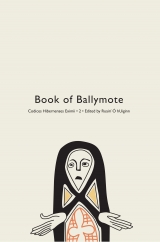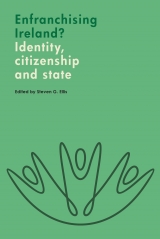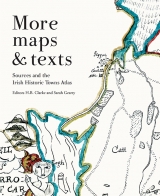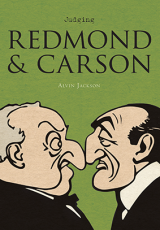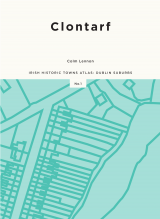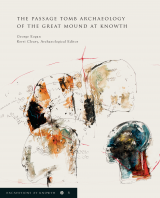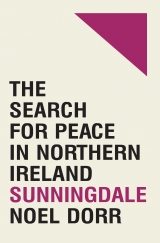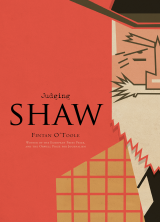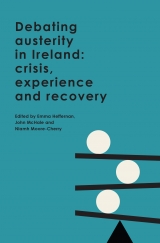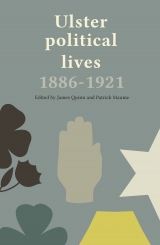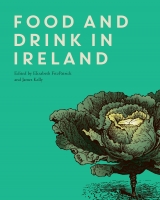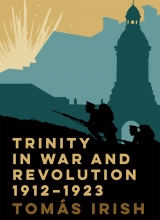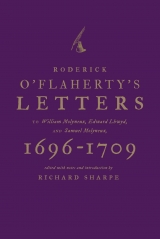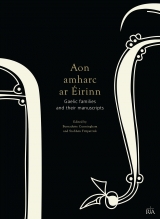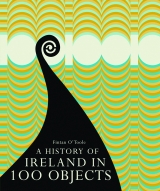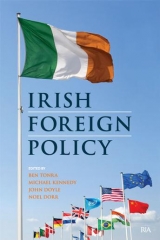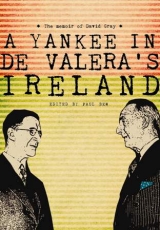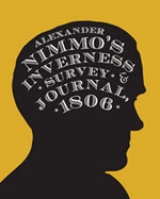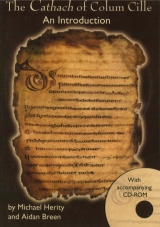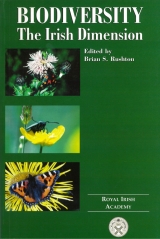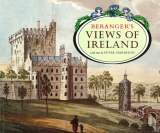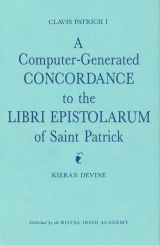A history of Ireland in 100 words
Book Details
Published by Royal Irish Academy
October 2019
HBNumber of pages: 320
ISBN: 9781911479185
Awards
An Post Irish Book Awards - Ireland, 2019 - Shortlisted
Downloads
Shortlisted for 'best Irish-published book of the year’ at the An Post Irish Book Awards 2019.
Did you know that Cú Chulainn was conceived with a thirst-quenching drink? That 'cluas', the modern Irish word for 'ear', also means the handle of a cup? That the Old Irish word for 'ring' may have inspired Tolkien's 'nazg'? How and why does the word for noble (saor) come to mean cheap? Why does a word that once meant law (cáin) now mean tax? And why are turkeys in Irish French birds? From murder to beekeeping and everything between, discover how the Irish ate, drank, dressed, loved and lied.
This book tells a history of Ireland by looking at the development of 100 medieval Irish words drawn from the Royal Irish Academy’s Dictionary of the Irish Language. Words tell stories and encapsulate histories and this book captures aspects of Ireland’s changing history by examining the changing meaning of 100 key words. The book is aimed at a general readership and no prior knowledge of the Irish language is required to delve into the fascinating insights it provides. The book is divided into themes, including writing and literature; food and feasting; technology and science; mind and body. Readers can explore words relating to particular concepts, dipping in and out where they please.
Resources for schools: A History of Ireland in 10 Words is offered in English- and Irish-medium, and is aimed at a broad range of working levels from upper primary to Junior Certificate/Key Stage 3. While the main focus is on history, language and literature, the material covers also other areas of the curriculum such as geography, science, religious studies, creative writing, art and drama. As a whole, this History of Ireland in 10 Words is designed to facilitate an interdisciplinary, active learning environment in which critical thinking, social and environmental awareness, teamwork and individual research skills are to the fore.
This book is created in collaboration with Queen's University and Cambridge University who have also written resources for schools. You can access these resources at the Department of Anglo-Saxon in Cambridge.
This book is also available on JSTOR. For more information, institutions can visit Books at JSTOR or contact participation@jstor.org.
You can buy the e-book here.
Solve our book cover jigsaw puzzle here.
Reviews:
'A fascinating read... Three leading Celtic Studies scholars, Sharon Arbuthnot, Máire Ní Mhaonaigh and Gregory Toner have combined to produce a word hoard that through an English-language commentary on 100 Irish-language words deftly takes in the many faceted history of life on the island of Ireland. They are assisted in this task by the impish, illustrative bravura of Joseph McLaren'. Michael Cronin, The Irish Times, 02/12/2019. Read the full review here.
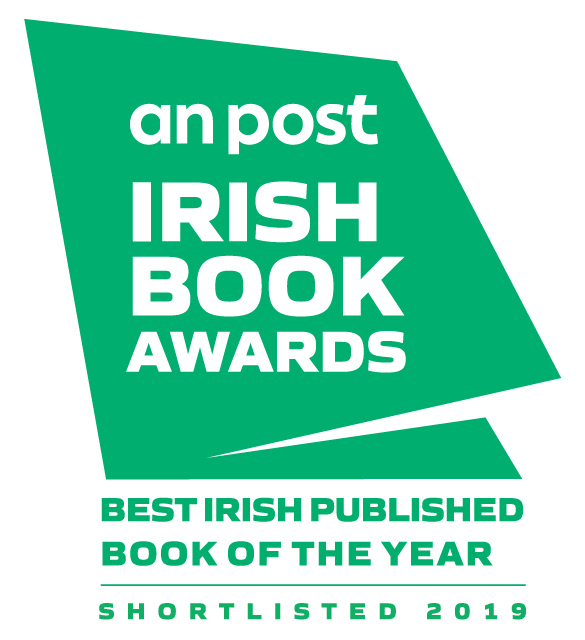

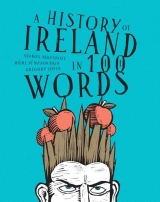
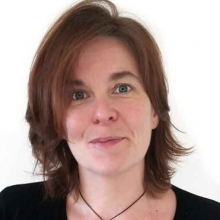
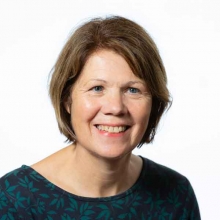




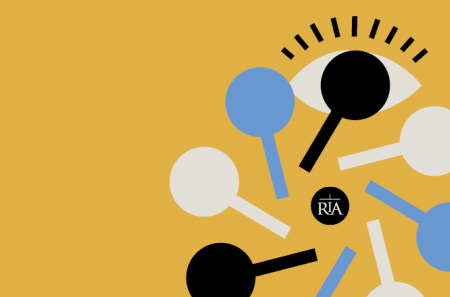
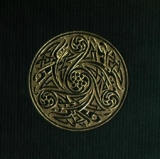
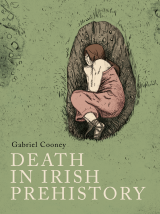 ,
,  ,
, 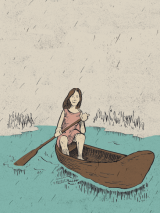
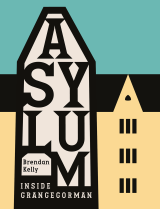
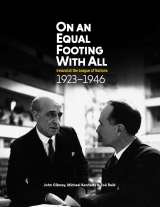
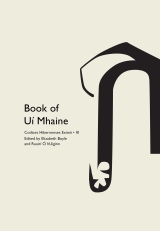
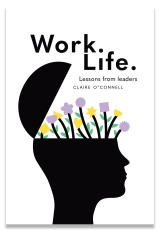 ,
,  ,
, 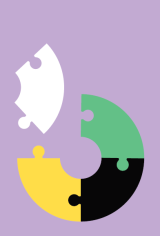 ,
, 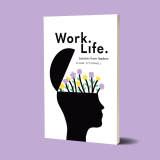
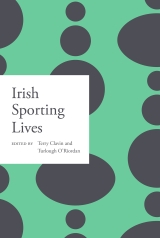 ,
, 
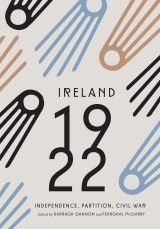
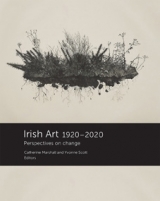
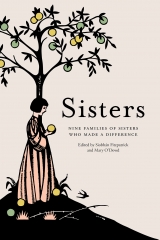
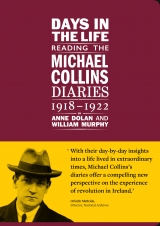
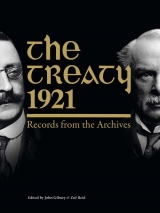
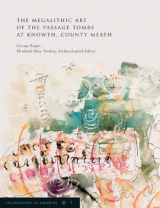
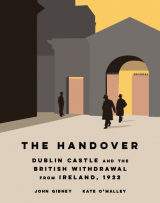
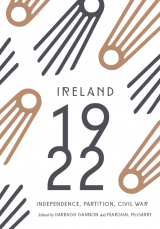

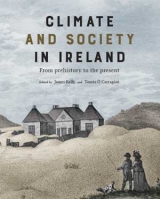

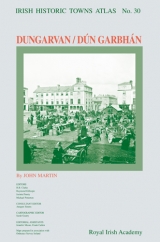
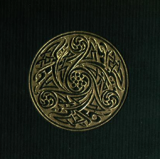

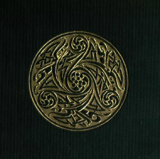
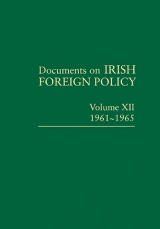
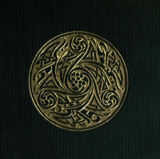

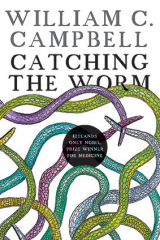
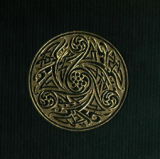
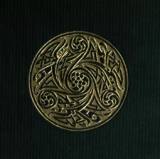
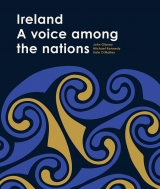

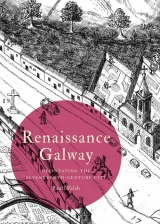
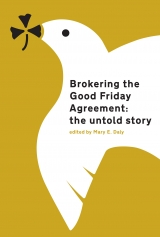
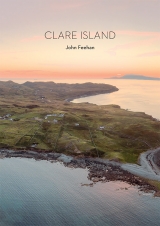
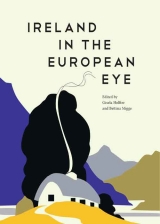
 ,
,  ,
, 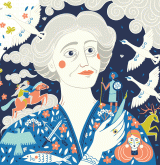 ,
, 
